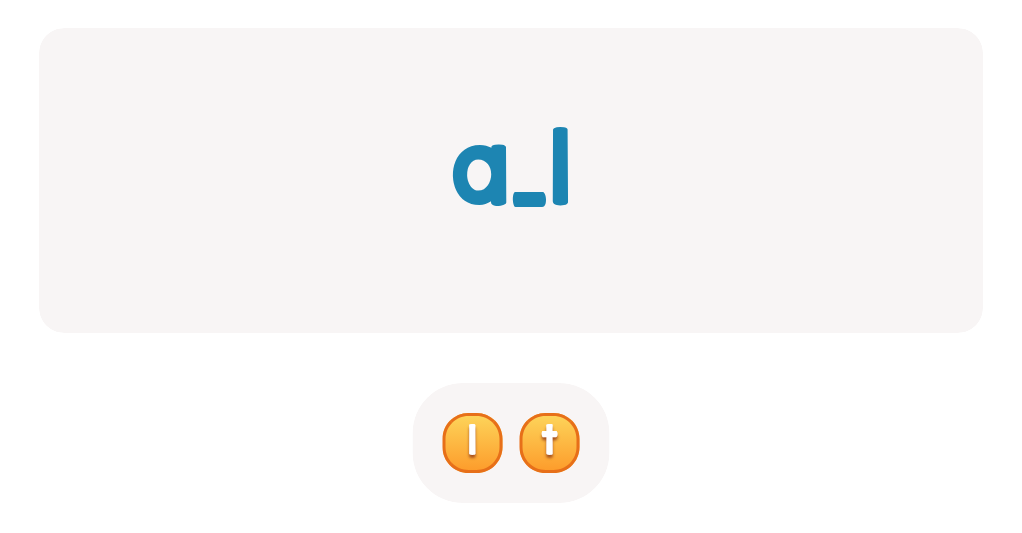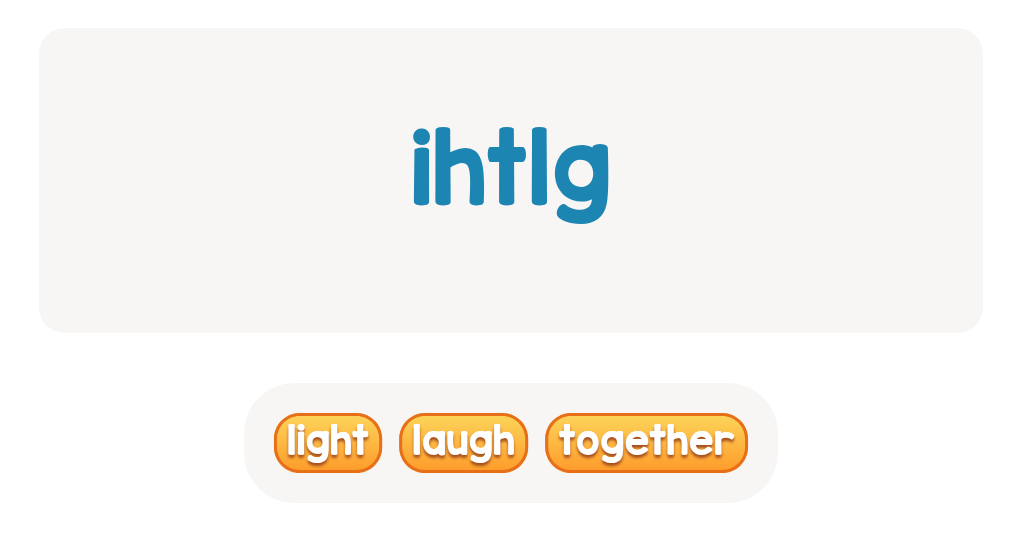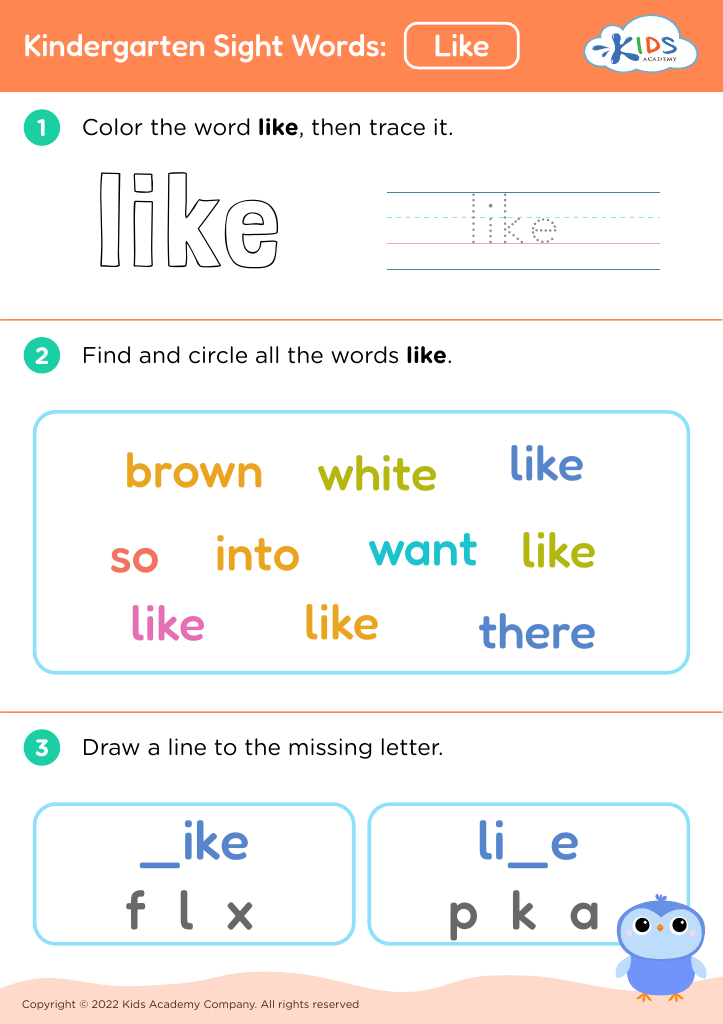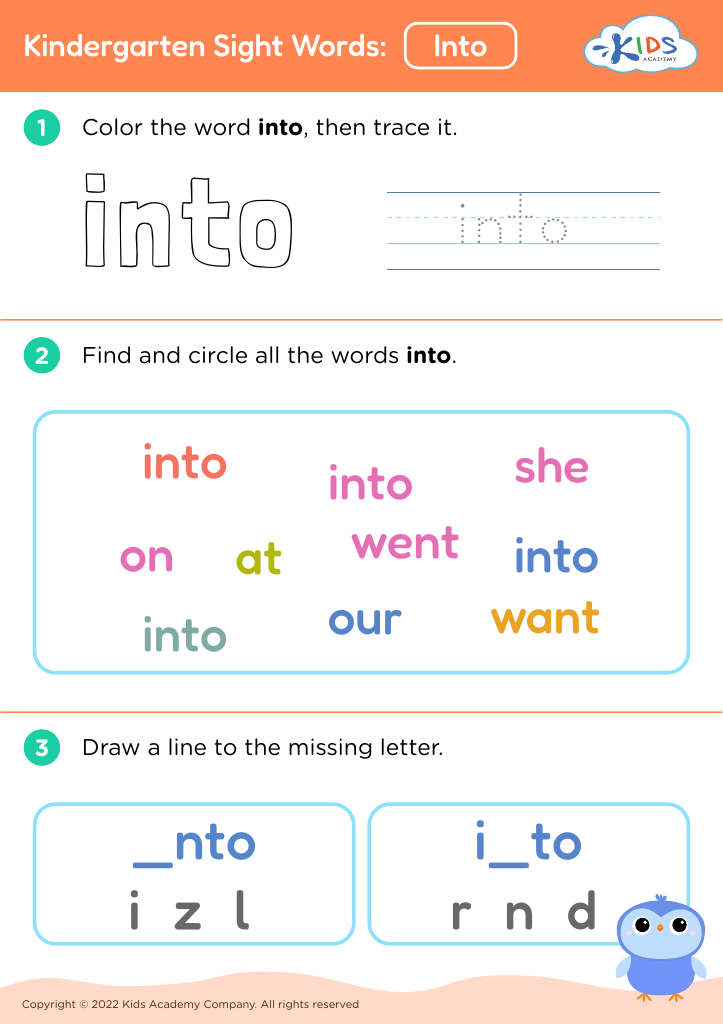Identifying shapes Building Vocabulary Worksheets for Ages 6-9
8 filtered results
-
From - To
Enhance your child's vocabulary and shape recognition with our "Identifying Shapes Building Vocabulary Worksheets" designed for ages 6-9. These enriching activities seamlessly blend learning and fun, encouraging young learners to explore geometric shapes while expanding their vocabulary. With engaging exercises that focus on naming, sorting, and describing shapes, these worksheets provide essential practice in language and math skills. Perfect for at-home learning or classroom use, they help children confidently identify, describe, and categorize various shapes. Bolster your child's foundational skills and inspire a love for learning with our expertly crafted worksheets.
Parents and teachers play crucial roles in fostering the cognitive development of children aged 6-9, and two vital components of this are identifying shapes and building vocabulary. Recognizing shapes lays the foundation for more advanced mathematical concepts such as geometry and spatial reasoning, which are essential for problem-solving and critical thinking. Shapes are everywhere, and being able to identify and describe them helps children navigate the world around them more effectively. For instance, understanding the difference between a square and a rectangle aids in comprehending more complex topics later, such as fractions and area.
Building vocabulary, on the other hand, is key to improving communication skills and academic success. A broad vocabulary allows children to understand instructions better, express their thoughts and feelings more precisely, and engage in more meaningful conversations. This skill is fundamental in all subjects, not just language arts. For example, in science, understanding terms like "observe" and "experiment" enhances their ability to grasp procedures and concepts.
Integrating activities that involve both shape identification and vocabulary building, such as reading shape-themed books or playing games like "I Spy," makes learning interactive and enjoyable. Investing time and effort in these areas equips children with lifelong skills, setting a solid foundation for future learning and success.






































